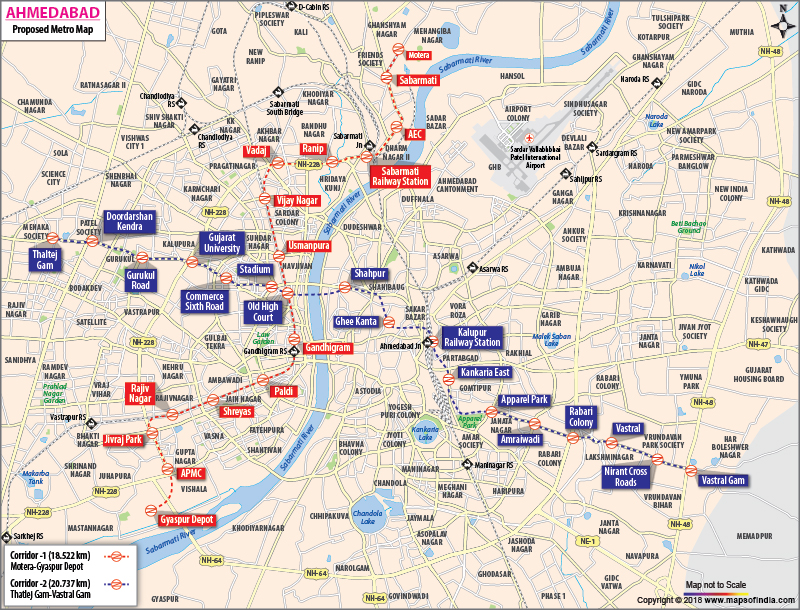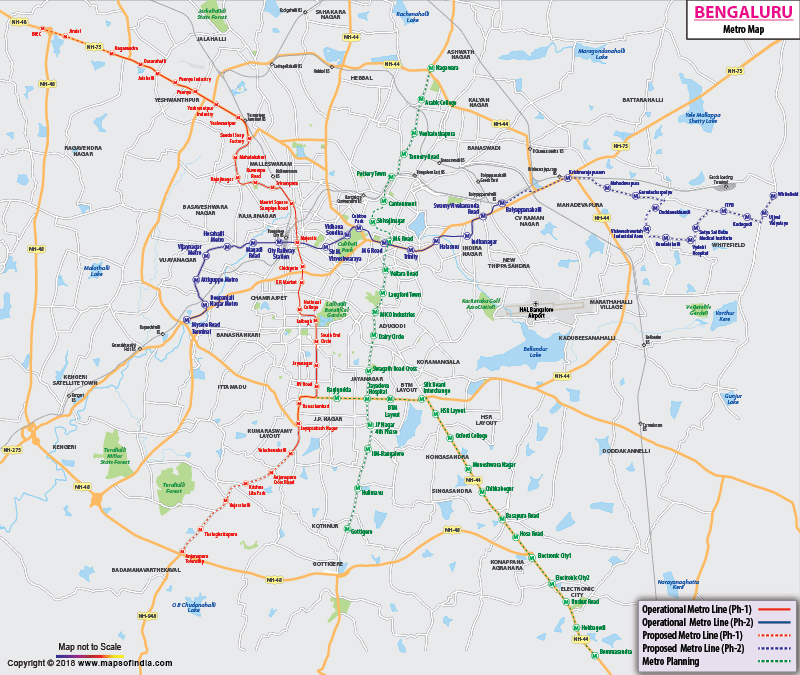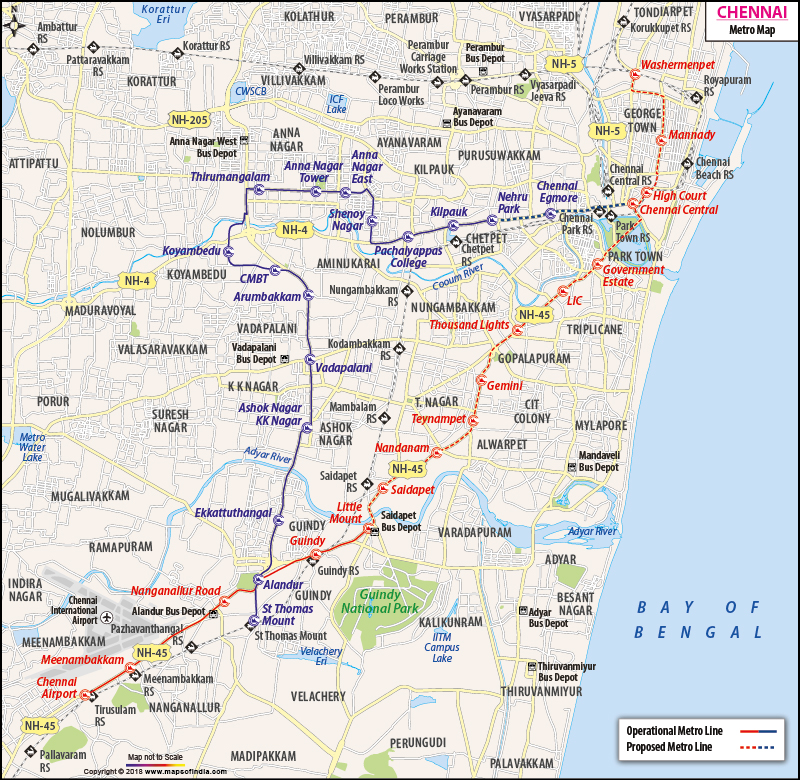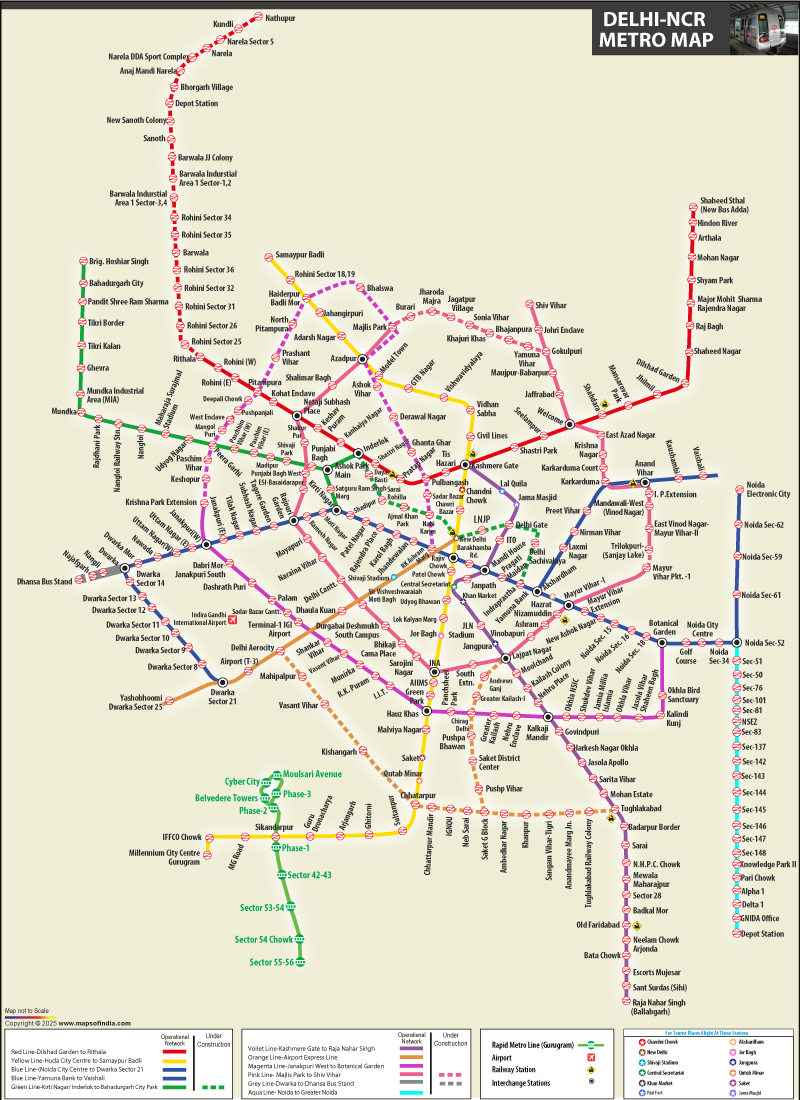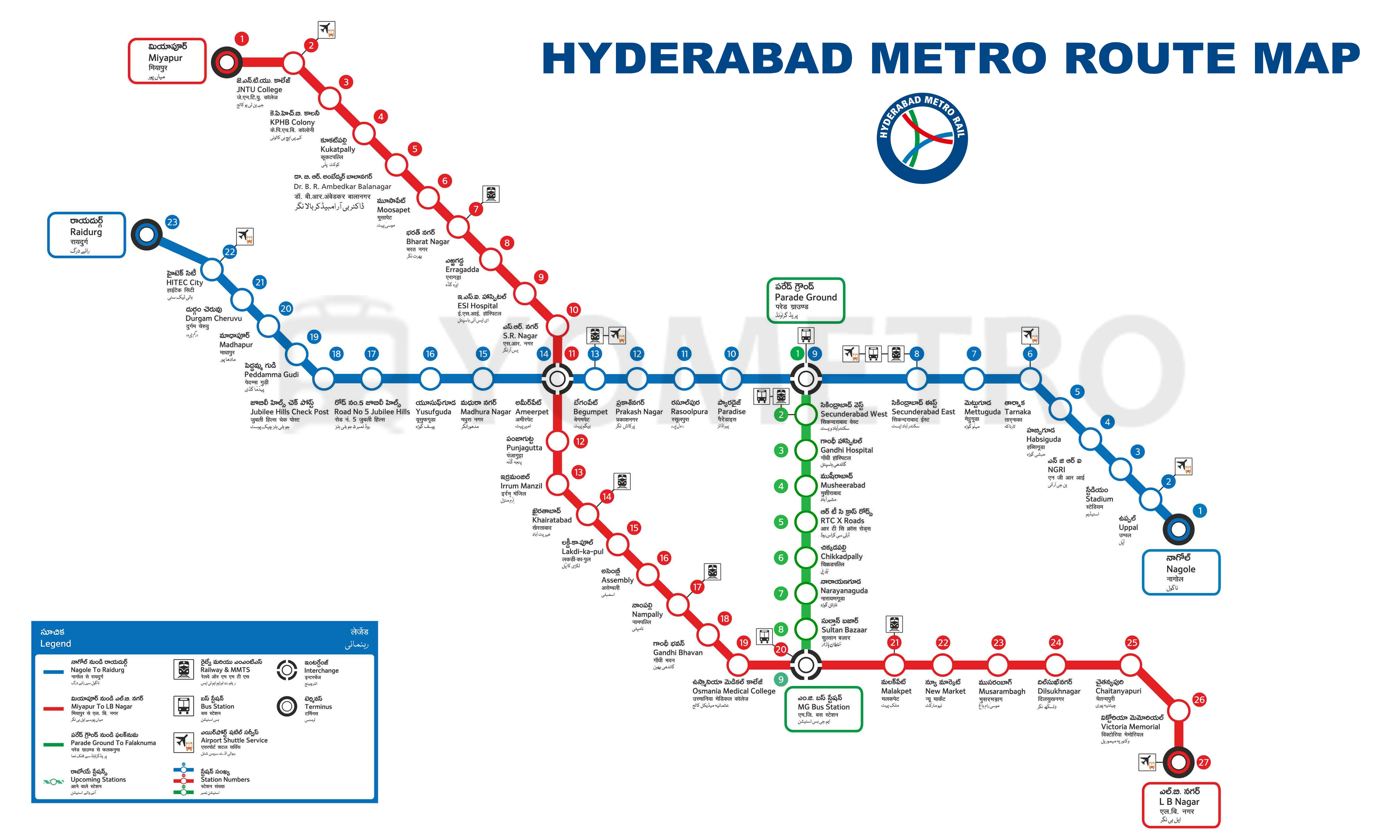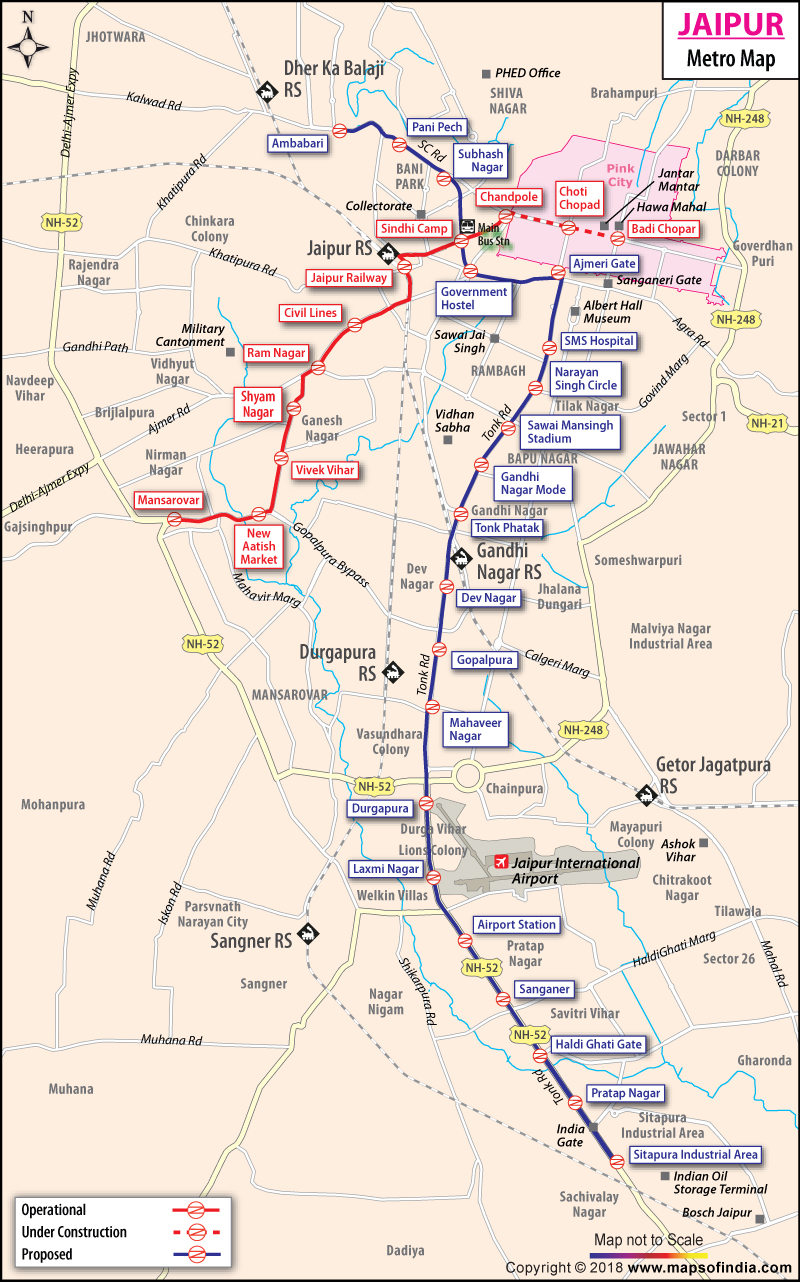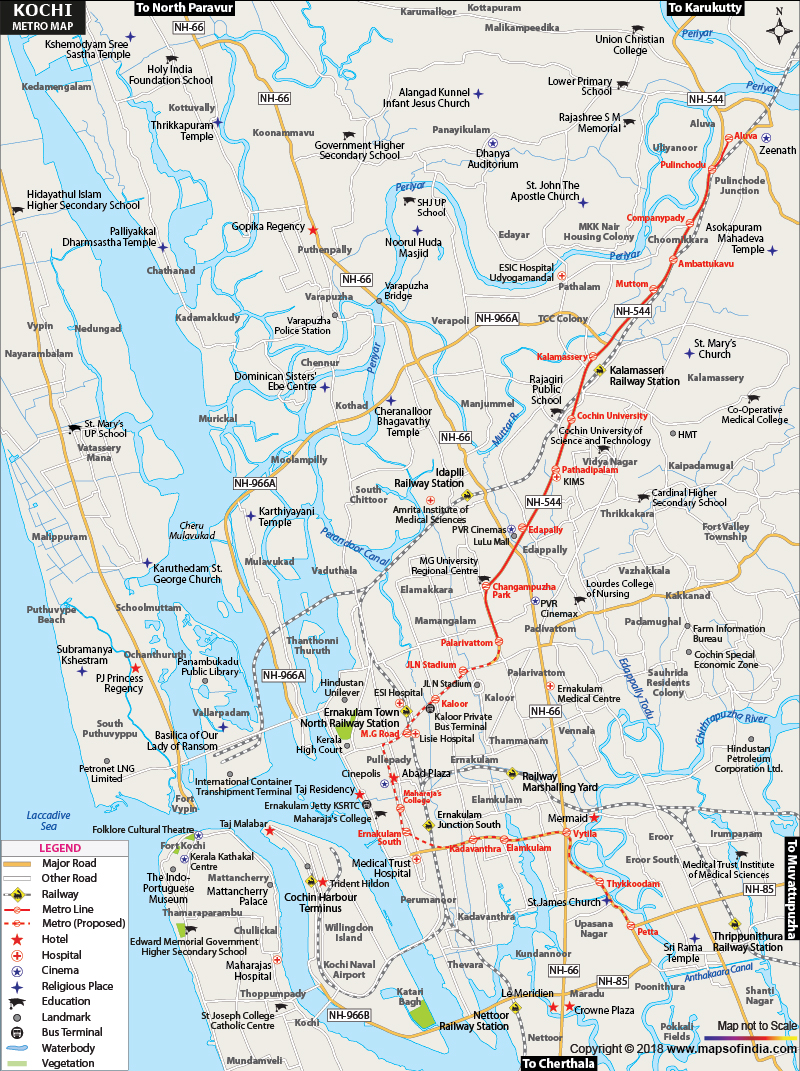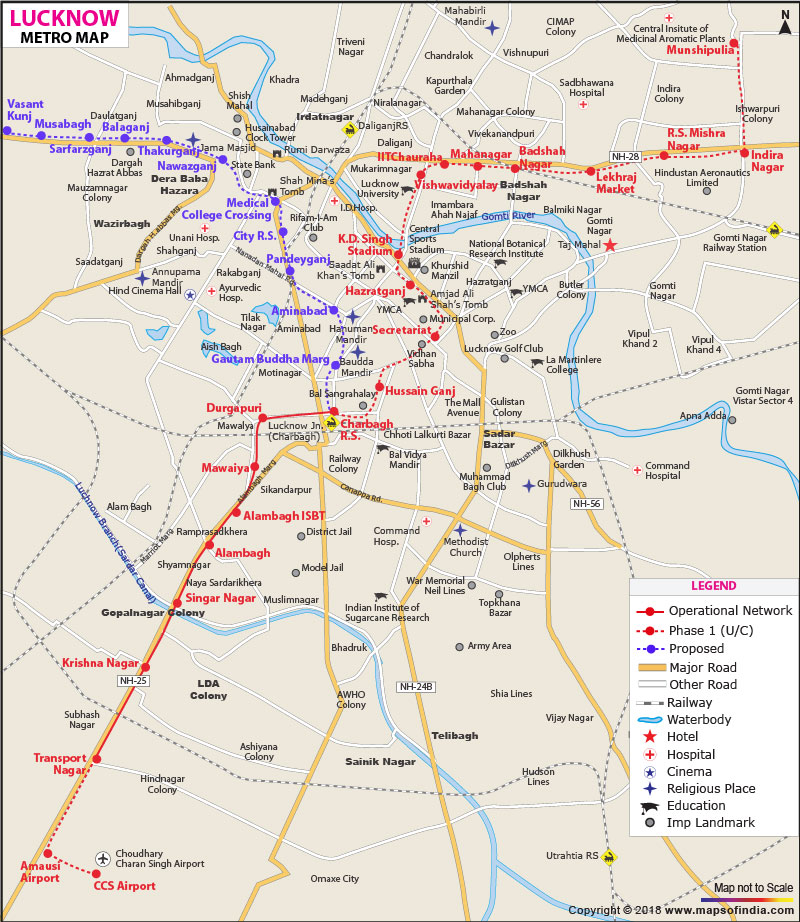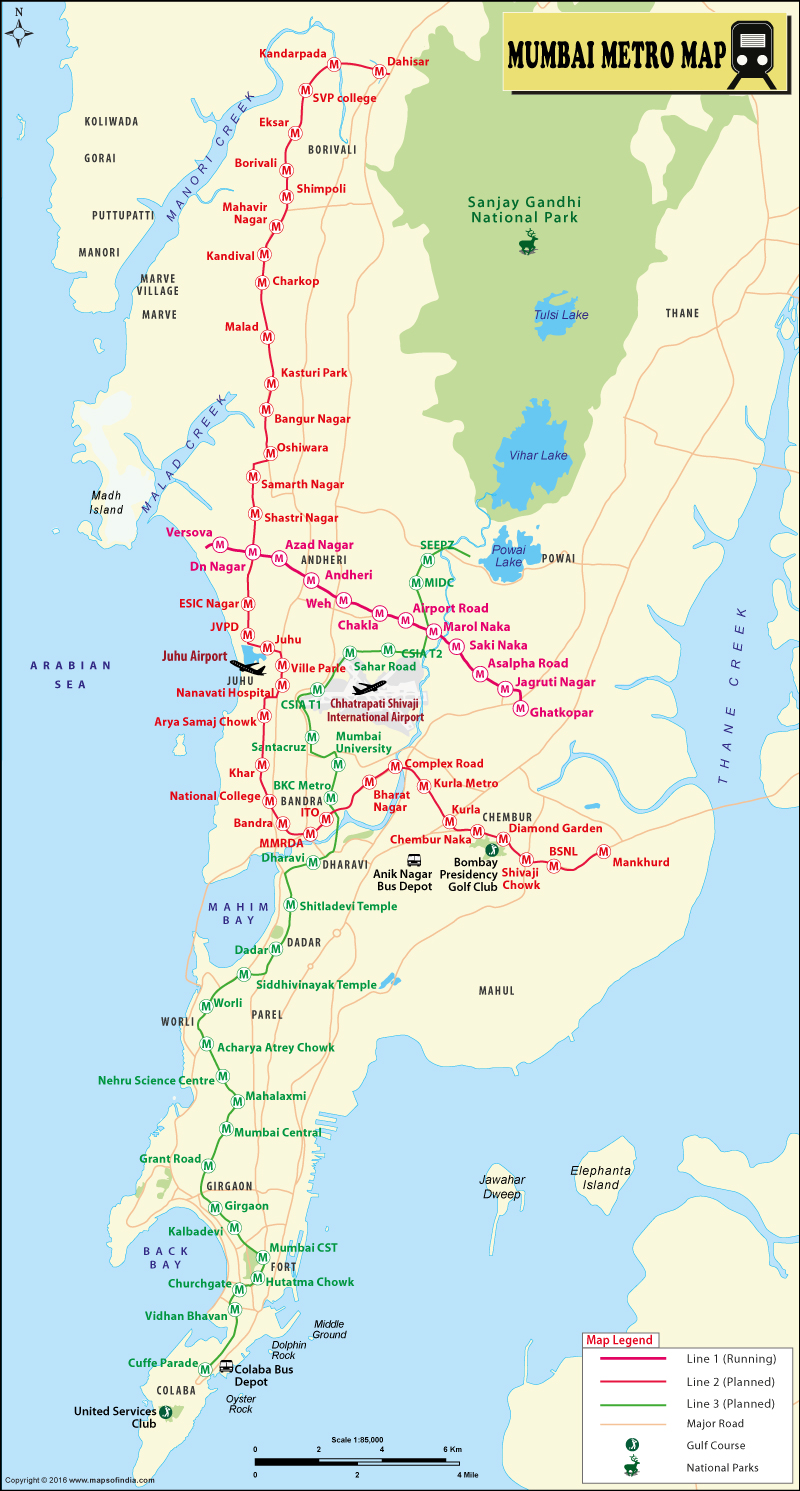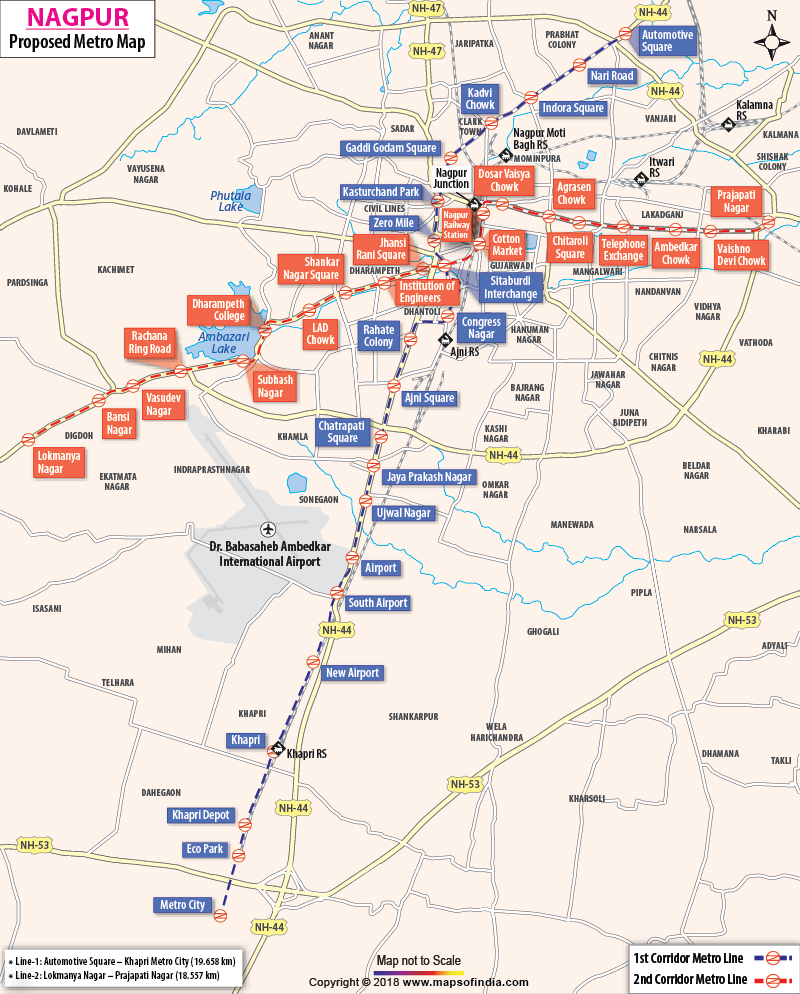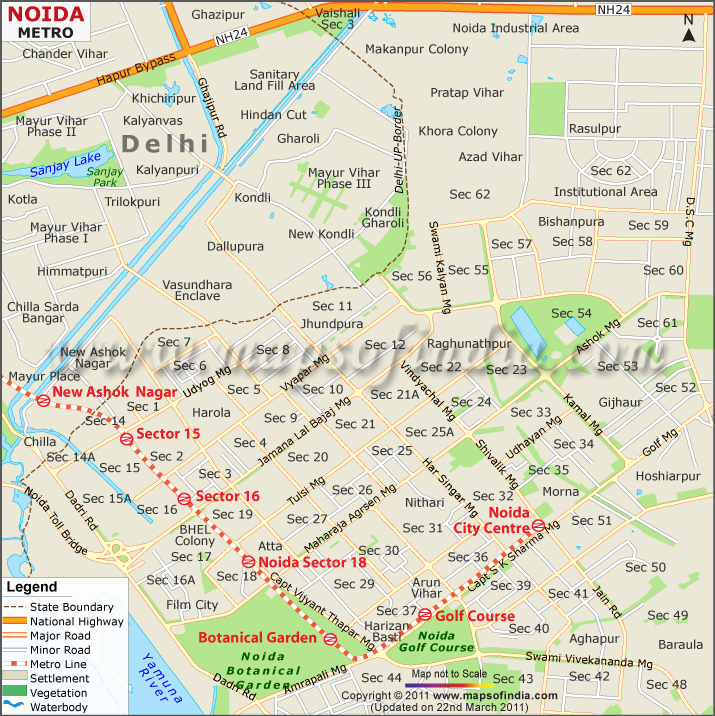2025年09月18日 09:41
India Metro Map: Complete Guide to Urban Rail Networks Across Cities
India’s metro systems have transformed urban mobility, carrying over 12 million passengers daily across 12 major cities. From Delhi’s sprawling network to the futuristic automated lines of Kochi, India’s metro rail infrastructure is one of the fastest-growing in the world — and a vital lifeline for millions. Whether you’re a traveler planning your first trip, a commuter navigating daily routes, or a researcher studying urban development, understanding India’s metro map isn’t just convenient — it’s essential. This comprehensive guide breaks down every operational metro line, fare structure, unique features, and insider tips — all backed by official data from the Delhi Metro Rail Corporation (DMRC), Ministry of Housing and Urban Affairs, and independent transport analysts.
India Metro Cities & Search
Why India’s Metro System Matters More Than Ever
In 2024, India surpassed Japan to become the world’s third-largest metro network by route length, behind only China and Russia. With over 1,100 kilometers of track and 700+ stations, India’s metros are no longer luxury projects — they’re critical public infrastructure.
Consider this: Delhi Metro alone reduces the city’s carbon emissions by an estimated 1.2 million tons annually. In Bengaluru, where traffic congestion costs the economy $6 billion per year, the Purple Line has cut average commute times by 40%. And in Mumbai — a city of 20 million people — the Metro is the only rapid transit system capable of handling peak-hour crowds without collapsing under pressure.
The government’s National Urban Transport Policy (2023) mandates that every city with over 2 million residents must have a metro or BRTS system by 2030. That means we’re only halfway through India’s metro revolution.
India Metro Lines: Complete Operational Network (2024)
Below is the definitive, up-to-date table of all operational metro systems in India, compiled from official sources including DMRC, NMRC, and state transport departments. Data is verified as of June 2024.
| City | Line | Opening Year | Type | Length (km) | Stations | Start Station | End Station | Daily Ridership (Est.) |
|---|---|---|---|---|---|---|---|---|
| Delhi | Red Line | 2002 | Elevated/Underground | 58.4 | 40 | Rithala | Shaheed Sthal (New Bus Adda) | 3.1 million |
| Delhi | Yellow Line | 2004 | Elevated/Underground | 46.5 | 37 | Samaypur Badli | HUDA City Centre | 2.8 million |
| Delhi | Blue Line | 2005 | Elevated/Underground | 59.6 | 45 | Dwarka Sector 21 | Noida Electronic City / Vaishali | 3.5 million |
| Delhi | Green Line | 2010 | Elevated/Underground | 44.8 | 34 | Inderlok | Brigadier Hoshiyar Singh | 1.9 million |
| Delhi | Violet Line | 2010 | Elevated/Underground | 34.5 | 25 | Kashmere Gate | Raja Nahar Singh | 1.4 million |
| Delhi | Pink Line | 2018 | Elevated | 59.0 | 38 | Majlis Park | Shiv Vihar | 1.7 million |
| Delhi | Magenta Line | 2018 | Elevated | 58.8 | 37 | Janakpuri West | Botanical Garden | 1.2 million |
| Noida | Aqua Line | 2019 | Elevated | 29.7 | 21 | Noida Sector 51 | Noida Sector 62 | 450,000 |
| Gurugram | Rapid Metro | 2013 | Elevated | 11.7 | 12 | IFFCO Chowk | MG Road | 180,000 |
| Bengaluru | Purple Line | 2011 | Elevated/Underground | 42.3 | 35 | Baiyappanahalli | Mysore Road | 1.1 million |
| Bengaluru | Green Line | 2023 | Elevated/Underground | 30.5 | 25 | Nagasandra | Silk Institute | 800,000 |
| Mumbai | Line 1 (Versova-Andheri-Ghatkopar) | 2014 | Elevated | 11.4 | 12 | Versova | Ghatkopar | 750,000 |
| Mumbai | Line 2A (Dahisar East to DN Nagar) | 2022 | Elevated | 29.2 | 22 | Dahisar East | DN Nagar | 500,000 |
| Mumbai | Line 2B (DN Nagar to Andheri East) | 2023 | Elevated | 18.5 | 15 | DN Nagar | Andheri East | 400,000 |
| Mumbai | Line 7 (Dahisar East to Andheri West) | 2023 | Elevated | 14.5 | 12 | Dahisar East | Andheri West | 350,000 |
| Mumbai | Line 8 (Dahisar East to Mankhurd) | 2023 | Elevated | 18.7 | 15 | Dahisar East | Mankhurd | 300,000 |
| Hyderabad | Red Line | 2017 | Elevated/Underground | 29.0 | 22 | LB Nagar | Raidurg | 800,000 |
| Hyderabad | Blue Line | 2020 | Elevated | 25.0 | 19 | JBS Parade Ground | Nagole | 600,000 |
| Kolkata | Line 1 (Esplanade - Howrah Maidan) | 1984 | Underground | 16.4 | 14 | Esplanade | Howrah Maidan | 1.2 million |
| Kolkata | Line 2 (Salt Lake Sector V - Howrah) | 2020 | Underground | 16.6 | 12 | Salt Lake Sector V | Howrah | 400,000 |
| Chennai | Line 1 (Washermanpet - Airport) | 2017 | Elevated | 27.0 | 22 | Washermanpet | Chennai Airport | 500,000 |
| Chennai | Line 2 (Poonamallee Bypass - Kilambakkam) | 2021 | Elevated | 28.5 | 24 | Poonamallee Bypass | Kilambakkam | 350,000 |
| Kochi | Metro | 2017 | Elevated | 25.0 | 20 | Aluva | Thrippunithura | 300,000 |
| Ahmedabad | Metro | 2022 | Elevated | 31.0 | 24 | Vastral Gam | APMC | 400,000 |
| Lucknow | Metro | 2017 | Elevated | 20.0 | 18 | Munshipulia | Charbagh | 250,000 |
| Jaipur | Metro | 2015 | Elevated | 11.0 | 11 | Mansarovar | Chandpole | 150,000 |
| Pune | Metro | 2022 | Elevated | 21.0 | 18 | PCMC Bhavan | Swargate | 300,000 |
| Surat | Metro | 2023 | Elevated | 12.0 | 10 | Udhna | Surat Railway Station | 120,000 |
Note: All figures are approximate and based on official annual reports from respective metro corporations (DMRC, NMRC, etc.) and Ministry of Housing and Urban Affairs (MoHUA) 2023–24 data. Ridership numbers reflect average weekday figures, excluding holidays.
India Metro Fare Structure: How Much Does It Cost to Ride?
India’s metro fares are among the most affordable in the world — and they’re designed to be equitable. Unlike many Western systems, Indian metros use a distance-based sliding scale, with no flat-rate pricing.
Delhi Metro Fare Range (2024)
- Minimum fare: ₹10 (up to 2 km)
- Maximum fare: ₹60 (for longest routes like Rithala to Vaishali)
- Concession rates: 50% off for students, senior citizens (60+), and persons with disabilities (with valid ID)
- Smart Card discounts: 10% off on all journeys with a Delhi Metro Smart Card
Mumbai Metro Fare Range
- Minimum: ₹10 (up to 3 km)
- Maximum: ₹50 (for Line 2A/2B/7/8)
- Monthly passes: ₹1,200 for unlimited travel on Line 1
Bengaluru Metro Fare Range
- Minimum: ₹10 (up to 2.5 km)
- Maximum: ₹65 (Baiyappanahalli to Silk Institute)
- Student pass: ₹500/month (with college ID)
Hyderabad Metro Fare Range
- Minimum: ₹10 (up to 2 km)
- Maximum: ₹55 (LB Nagar to Raidurg)
- Family pass: ₹1,000 for 10 journeys (valid for 30 days)
Key Insight: Why Fares Are So Low
India’s metro fares are subsidized by state governments and funded through public-private partnerships. The goal isn’t profit — it’s modal shift. By keeping fares low, authorities encourage people to abandon cars and buses, reducing congestion and pollution.
“A metro ride in Delhi costs less than a cup of chai. That’s intentional policy — mobility as a right, not a luxury.”
— Dr. Anjali Sharma, Urban Transport Economist, Indian Institute of Technology Delhi (2023)
What Makes India’s Metro Systems Unique?
1. First in Asia to Use Solar-Powered Stations
Delhi Metro became the world’s first metro system to run entirely on solar energy in 2022. Over 100 stations now have rooftop solar panels generating 50 MW — enough to power 15,000 homes.
2. Women-Only Coaches: A Cultural Norm
Since 2007, Delhi, Mumbai, and Kolkata have reserved the first coach of every train for women. In 2023, the Supreme Court upheld this as a “reasonable classification” under Article 14 of the Constitution.
3. Art on the Walls: Metro as Public Gallery
Hyderabad’s metro stations feature murals of local folklore. Bengaluru’s stations display Kannada poetry. Kochi’s stations are adorned with traditional Kathakali masks. These aren’t decorations — they’re identity markers.
4. Automated Lines Without Drivers
Kochi Metro is India’s first fully automated, driverless metro system. It uses CBTC (Communication-Based Train Control) technology — the same as Singapore’s and Tokyo’s most advanced lines.
5. Integrated Ticketing: One Card, All Cities
The One Nation One Card initiative (launched 2023) allows seamless travel across Delhi, Noida, Gurugram, and Ghaziabad using a single contactless card. By 2025, it will expand to Mumbai, Bengaluru, and Hyderabad.
6. Eco-Friendly Design
New stations feature rainwater harvesting, LED lighting, and zero-waste restrooms. Pune Metro uses recycled plastic in platform tiles. Surat Metro’s trains are made with 80% locally sourced materials.
Frequently Asked Questions (FAQs)
Q1: Can tourists use the metro in India?
Yes. Tourists can buy single-journey tickets at any station using cash or card. For frequent travel, purchase a Tourist Pass (₹200 for 24 hours, unlimited rides) in Delhi, Mumbai, and Bengaluru.
Q2: Are metro stations wheelchair accessible?
Most are. Since 2018, all new stations comply with the Rights of Persons with Disabilities Act. Ramps, elevators, tactile paths, and audio announcements are standard. Older stations (like Kolkata’s Esplanade) are being retrofitted.
Q3: Is it safe to travel on the metro at night?
Generally yes. Delhi, Mumbai, and Bengaluru metros operate until 11:30 PM. Stations are well-lit, monitored by CCTV, and patrolled by security personnel. Women can use the “Safe Ride” app to share their location with family.
Q4: Can I carry luggage on the metro?
Yes, but with limits. You can carry one suitcase (max 20 kg) and a handbag. Large items like bicycles or musical instruments require prior permission. In Mumbai, luggage is restricted during peak hours (8–11 AM, 6–9 PM).
Q5: Do metro trains have air conditioning?
All modern lines do. Delhi, Mumbai, Bengaluru, Hyderabad, and Kochi trains are fully air-conditioned. Older Kolkata and Jaipur lines have fans only — but upgrades are underway.
Q6: How do I navigate if I don’t speak Hindi or English?
Use the Metro Map App (available in 12 Indian languages). Stations have pictorial signage. In Delhi and Mumbai, station names are displayed in English, Hindi, and local language (e.g., Marathi, Kannada).
Q7: Are there food stalls inside stations?
Yes — but regulated. Most stations have branded kiosks selling bottled water, snacks, and local street food (like samosas or vada pav). Alcohol and smoking are strictly prohibited.
Q8: What happens if I miss my stop?
Don’t panic. All trains announce stops in Hindi, English, and local language. Use the “Next Station” display screens. If you overshoot, simply ride to the next station and take the return train — no extra fare.
The Future: What’s Coming Next?
By 2030, India aims to have 2,500 km of metro rail across 25+ cities. Major upcoming projects include:
- Chennai Metro Phase 2 (2025): 100+ km expansion connecting Tambaram to Madhavaram
- Ahmedabad Metro Phase 2 (2026): 40 km extension to Gandhinagar
- Kolkata Metro Line 6 (2027): First underwater metro tunnel under the Hooghly River
- Varanasi Metro (2028): First metro in Uttar Pradesh’s religious hub
- Nagpur Metro Phase 2 (2025): 30 km extension to AIIMS and Airport
The government has allocated ₹1.2 lakh crore ($14.5 billion) for metro expansion under the PM Gati Shakti initiative — India’s most ambitious urban mobility plan since independence.
Expert Insights: Why This Matters for India’s Future
“India’s metro isn’t just about transport — it’s about equity. It connects slum dwellers to jobs, students to schools, and elderly citizens to hospitals. It’s the most democratic space in our cities.”
— Dr. Rajiv Mehta, Director, Centre for Urban Studies, Jawaharlal Nehru University
A 2023 World Bank study found that metro access increases property values by 18–25% within 1 km of stations — but crucially, it also reduces income inequality by improving access to opportunity. In cities like Pune and Surat, where informal settlements once lacked public transport, metros have become catalysts for social mobility.
Final Thoughts: Riding the Rails Like a Local
If you’re visiting India, don’t just take a taxi. Hop on the metro. You’ll see real India — the student rushing to college, the nurse heading to her night shift, the grandmother buying vegetables at the market. You’ll feel the rhythm of a nation moving forward — not just on wheels, but on rails.
And if you’re a resident? Use your metro card wisely. Every ride you take is a vote for cleaner air, less traffic, and a more connected future.
评论
目前还没有评论。
